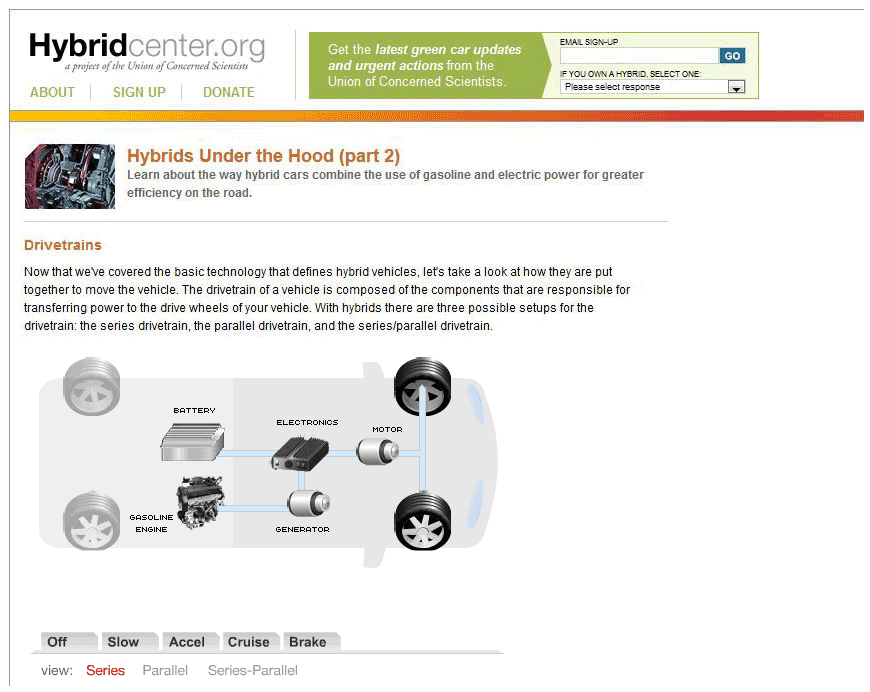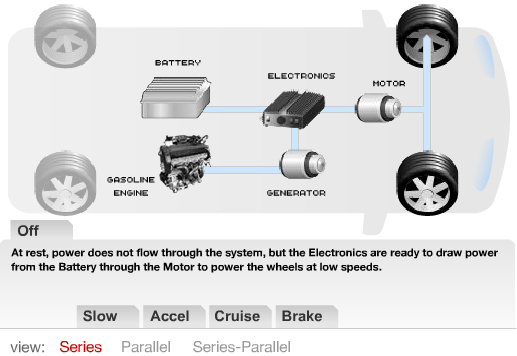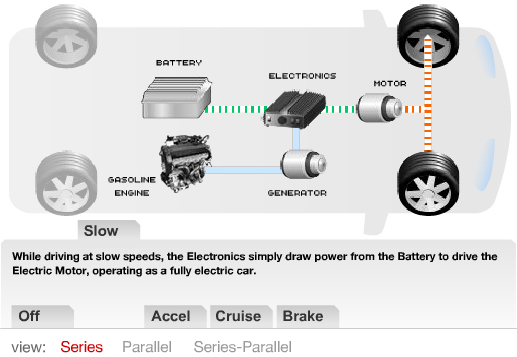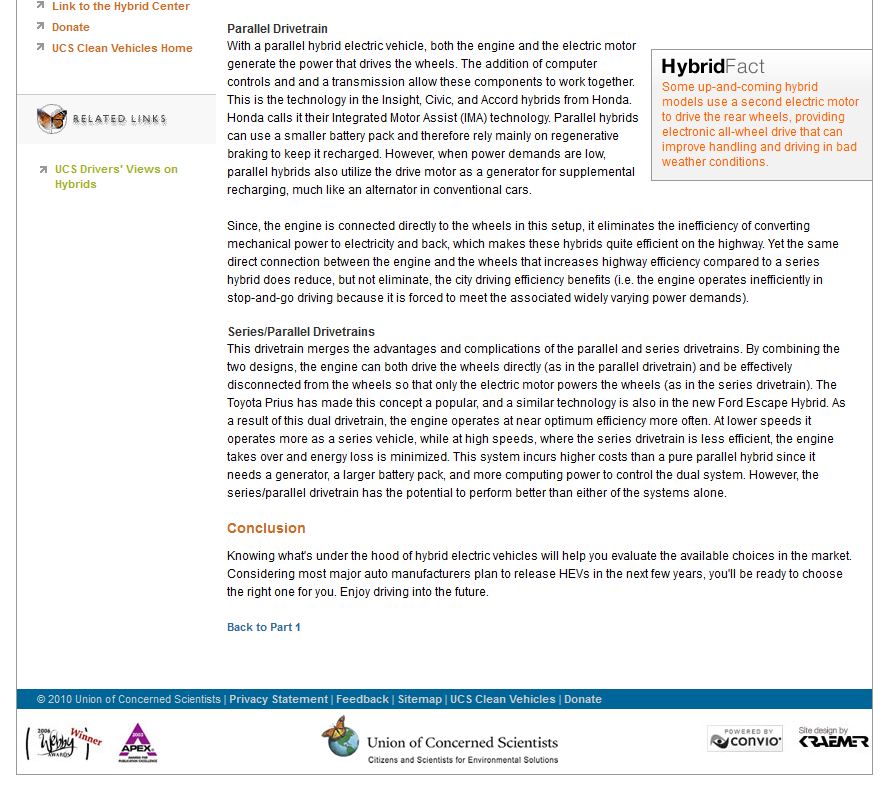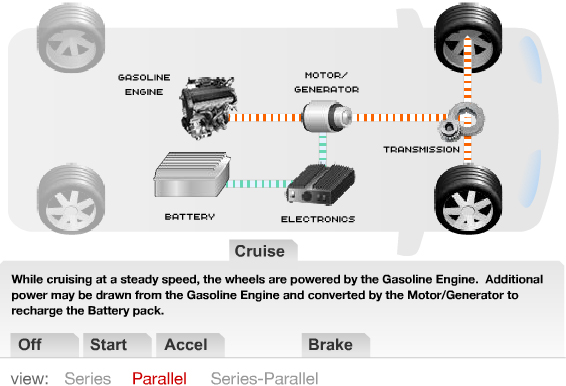Concerned Scientists Mechanism Description Engl33
Case 11: Designing a Flyer
Background
You work for the U.S. Network for Education Information (USNEI), an office in the U.S. Department of Education. The USNEI provides information for international students and professionals who want to study in the United States, as well as for U.S. students who want to study in other countries.
Your supervisor, Sonia Reynard, has asked you to help her with a project. “What I’d like you to do,” she says, “is to work up a design for a one-page flyer for international students who are interested in grad school in the United States. The subject is standardized tests they’ll have to take. I’ve got the information, but it’s in a word-processing document” (Document 11.1).
“Are these tests specific to international students or to the kind of grad school they want to go to?” you ask.
“Both,” Sonia says. “Some are required for people whose first language is not English. Some are subject-matter-related, like for law school or dental school. Anybody who wants to apply to those schools, regardless of their nationality, has to take the subject-matter tests.”
“Okay, so the audience is international students considering grad school. Where are these students located now?”
“They could be here, finishing up in a U.S. undergraduate program, or they could be overseas,” Sonia replies.
“And we want to be able to post this flyer on a bulletin board.”
“Yes, that’s right. We’ll be sending this out to schools and government offices here and all over the world; they won’t have to print it themselves.”
“So, we’ll go with U.S. paper—8.5 ×11—right? What if all the info doesn’t fit?”
“If you need to edit it for length, try to shorten the descriptions, without eliminating any of the tests. Be sure to leave 1.5 inches at the top for our logo, and add at the bottom a note telling people to visit our site for more information”
Download the document below, and then begin your assignment.
Your Assignment
Once you’ve familiarized yourself with the case background and document, complete the assignment below. Your instructor will tell you how he or she would like you to submit your work.
1. Review the concepts discussed in Chapter 11, including page layout, columns, typography, and the design of headings. Then review Document 11.1 and think about what the best organization might be for this information. Write a memo to Sonia Reynard describing the design you plan to use and explaining why you think the design would work well for this audience and purpose.
2. Revise Document 11.1 and implement the design you described. Be sure to set aside 1.5 inches at the top for the USNEI logo.
Reflecting on Your Work
Once you’ve completed your assignment, write a reflection about your work using the prompt below.
1 OF 1
How closely does your final flyer reflect the plan you outlined in your memo to Sonia Reynard? List any differences you find between the two. Were any of these differences the result of conscious decisions on your part to diverge from your original plan? If so, what made you change your mind about that aspect of the design? How was the experience of planning the flyer different from actually creating it? Overall, how helpful did you find it to plan the flyer in advance?
Multimedia Document Analysis Activity
Hybrids Under the Hood (Part 2), Hybridcenter.org, Union of Concerned Scientists
Mechanism Description Using INTERACTIVE GRAPHICS
Interactive graphics provide an efficient way to convey information about a mechanism or a complex process. As users click through the parts of a system or the steps of a process, they can see the changes without continually needing to scroll down to new pictures or to download new pages of information. Many interactive graphics include animation; some animations might run continuously.
This example of a mechanism description is from a website that explains how hybrid automobile engines work. It requires users to click on tabs to see how the engine responds to typical phases of driving a car: starting the car, accelerating the car, cruising at highway speeds, and applying brakes to stop. This example includes animated lines to show the directions in which types of energy travel as the car runs.
Source: http://www.ucsusa.org/clean_vehicles/smart-transpo…
Courtesy of Union of Concerned Scientists
Explore the graphics and consider the questions below. Then “submit” your responses.
1 OF 5
Click through some of the tabs and views of the interactive graphic. In what ways do the tabs and buttons function as you expected? In what ways do they differ from your expectations? How might the creators of this graphic have made it easier for you, as a reader, to understand how to use the graphic?
2 OF 5
Compare the moving red lines with the moving green lines. What does each color represent, and how do you know?
3 OF 5
Read the introductory paragraph, “Drive trains,” which precedes the graphic. What information does this introduction provide? How effectively does it introduce or explain the graphic? How might the introduction be improved?
4 OF 5
The section “Parallel Drive train” describes the situations in which a parallel hybrid is most efficient (highway driving) and least efficient (stop-and-go traffic). The most efficient operation is depicted on the “Cruise” tab. How could you depict the least efficient operation? Describe changes you could make to the graphic to depict what happens in stop-and-go traffic.
5 OF 5
Read the conclusion to this description. What purpose does it serve? How effective is this conclusion, and how might it be improved?

